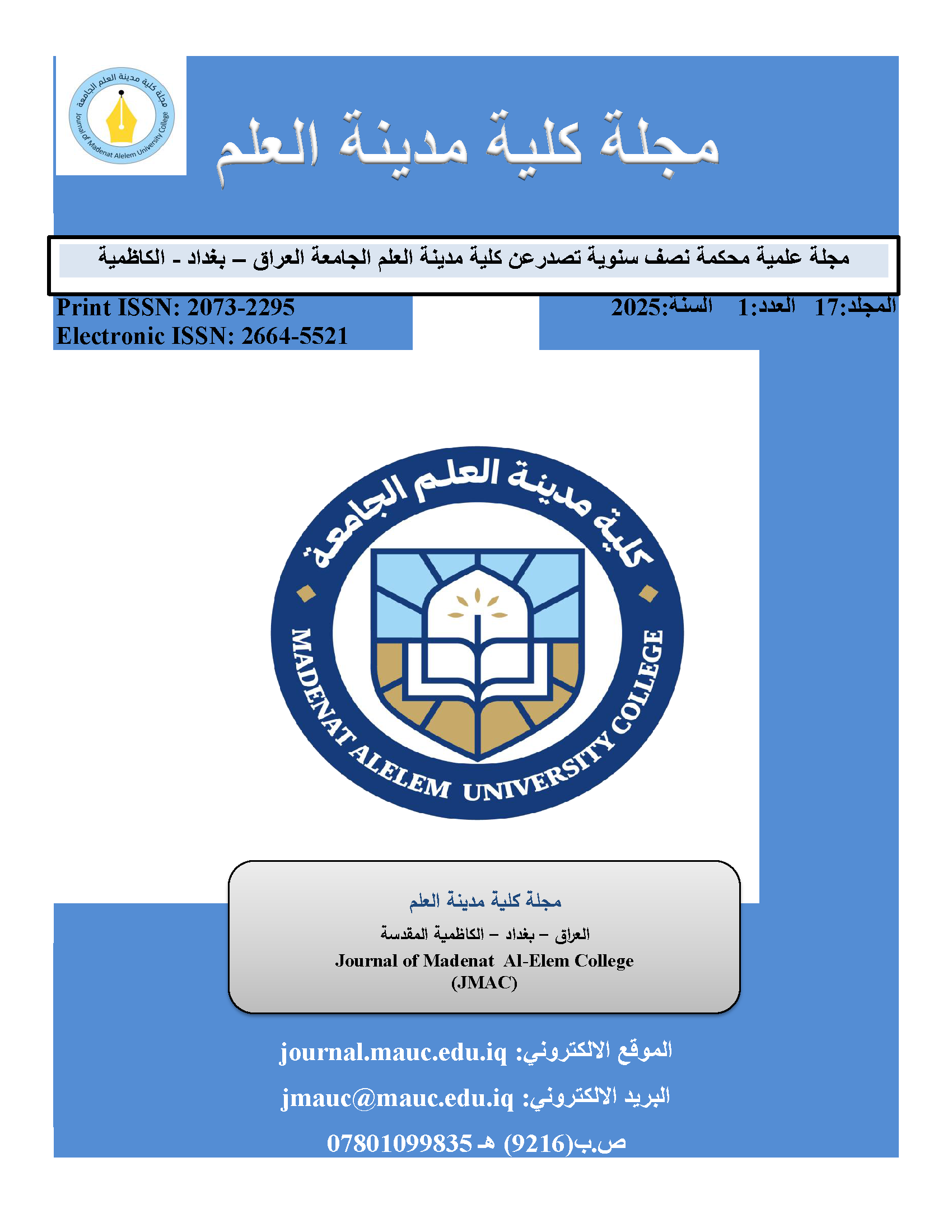The Ripple Effect of Plastic Pollution: Environmental and Public Health Perspectives: A review
Abstract
Plastic pollution is a major issue of the current century. This waste is found in seas, freshwater, lakes, rivers, coastal areas, and soil. In this article, this article discusses the various sources of plastic pollution, including the manufacturing process of plastics and the addition of materials to improve their properties, as well as the use of single-use plastics that are not recyclable, in addition to burning and illegal waste disposal in the open. The impact on public health is through human exposure to toxins from plastics in the environment directly through inhaling dust and fumes, consuming contaminated food and drink, and skin contact. Indirectly, when marine creatures consume microplastics, they will find their way into our diet. Recycling plastic waste and using bioplastics is one solution to alleviate this problem, but consideration must be given to reducing overall plastic consumption.




